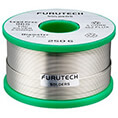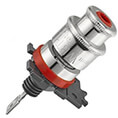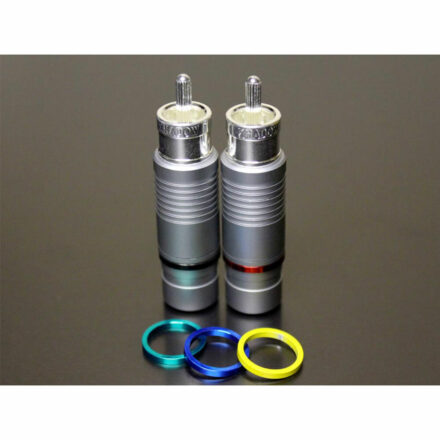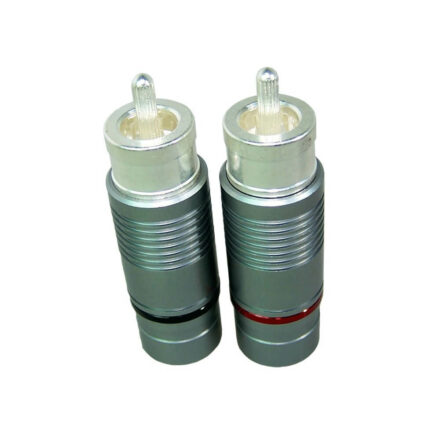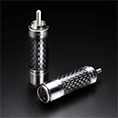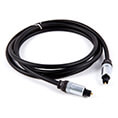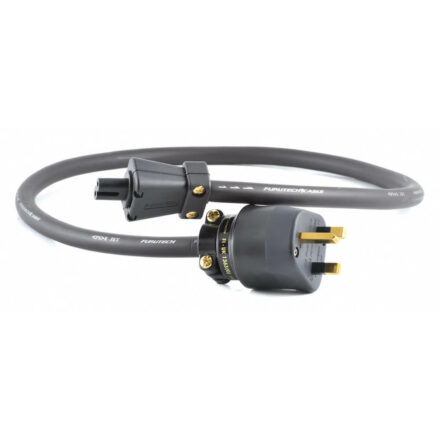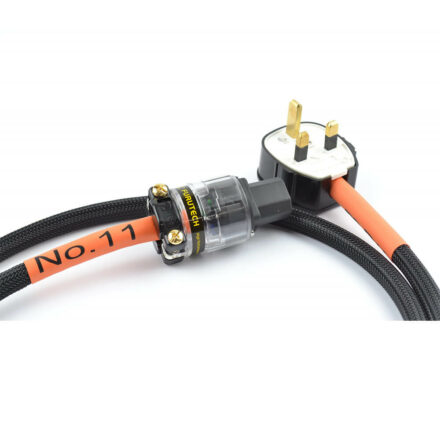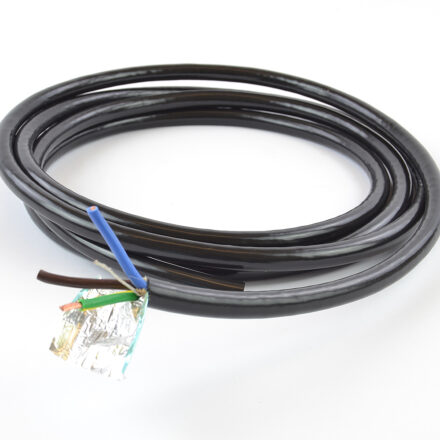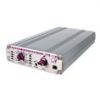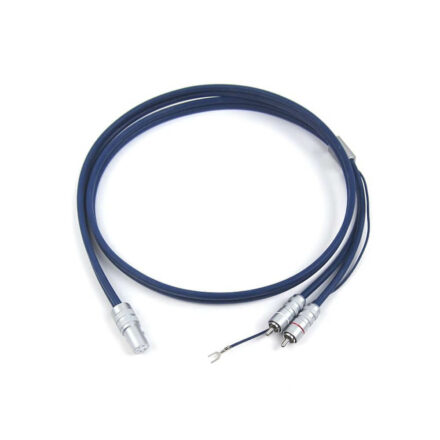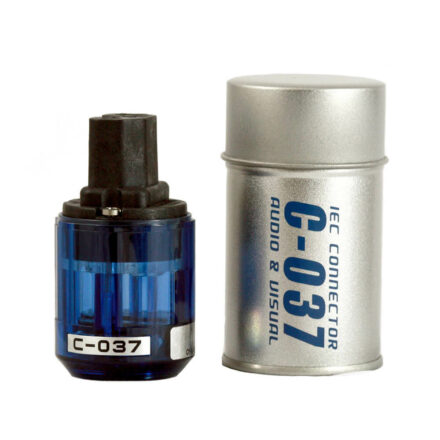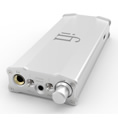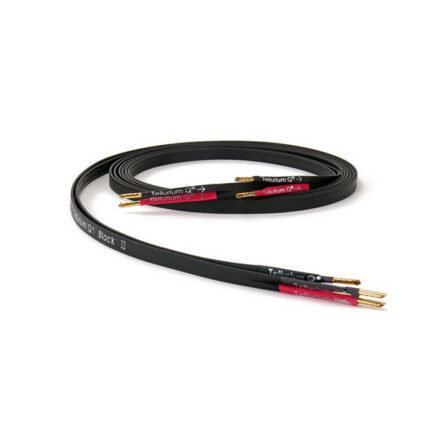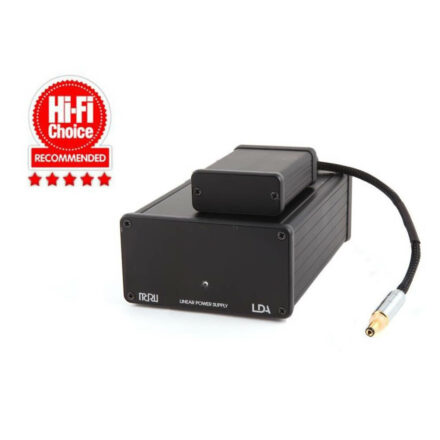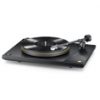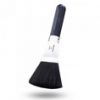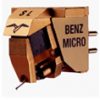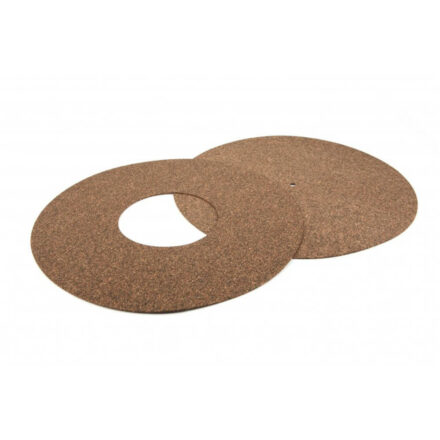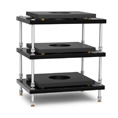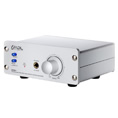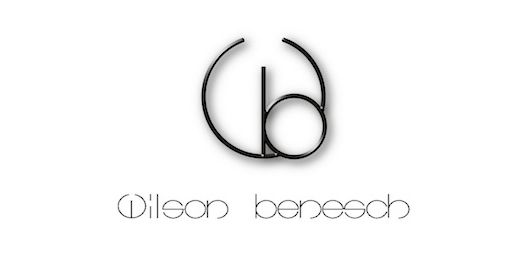Different conductor materials are being used for audio purposes, the superiority of which is often being claimed by the respective supplier/manufacturer – sometimes without words, just by charging a high price. For instance, you can find brass mains plugs in the audio sector, which have been taken out of the production process before being nickel plated, subsequently being marked “genuine only here”, and then being sold for a lot of money. Or plugs from naked copper, which (just like the naked brass plugs) have no oxidation stability. The reasoning of companies supplying such plugs is always based on the conductivity, the specific resistance of the materials – the better a metal’s conductivity, the more suitable it is typically for audio purposes, since there is less loss of current or signal with a highly conductive material. This is commonly known, and can be adopted without much reservation.
But which material has the best conductivity? Fortunately, we don’t have to trust the respective marketing departments here, since the conductivity of metals is a well documented physical quantity (and physical laws are hardly debatable). The graded table of metals and alloys commonly used in the audio industry looks as follows:
These values are for the pure materials at room temperature. Now, many of these materials react with oxygen, particularly silver, copper, brass and bronze. Therefore, these materials are often plated – for instance, with nickel, zinc, gold, and – even if it oxidizes – silver. This has the following background:
Coatings
Copper is often coated to keep it from oxidizing. This is necessary, since, as is generally known, it tarnishes quickly, as anybody can see by taking a glance at the copper façades of buildings – the brown, matte material to be seen there is copper, the reddish shine of which will subside to the brownish colour of copper oxide within a few days. And copper oxide is a bad conductor. Similar happens to brass – everyone knows brass artifacts which show a patina, which is nothing other than an oxide layer. Thus, materials which are less prone or even inert to oxidization are being used for plating copper or brass, like tin, nickel, or gold. But also silver. Silver protects the carrier material from oxidation too, but will oxidize itself in the process. It is still a material of choice for plating electrical contacts, since silver oxide is a very good conductor, too, if not quite as good as silver itself. That is why silver plated contacts are best cleaned regularly, or protected by means of a contact enhancer.
Conclusions
- Gold plated, silver plated or pure copper wire end terminals?
Gold is a lesser conductor than copper, by 40%. So, gold plated copper is no better, electrically, than pure copper. Still, there are gold plated pure copper cable end terminals, which are in turn worse than silver plated cable end terminals. Since the un-plated pure copper terminals oxidize over time, gold plated terminals will sooner or later be superior, since they do not oxidize. However, silver plated cable end terminals are the best choice, because they keep their superior conductivity even when oxidized. - Rhodium plated plugs?
Rhodium is a precious metal from the platinum family. It is hard, acid-resistant, and has a very high melting point (1964°C). Compared to other platinum metals, it is a very good conductor, but still only half as good as gold and just one third as good as silver. Therefore, it is misplaced as a coating in a domestic environment. Its sound characteristics are often described as harsh and analytic. It does however have its justification in industrial environments with high temperatures, for instance near blast furnaces, where it reliably does its job at temperatures where gold would already start to melt (which it does at 1064°C). - Nickel plated or “naked” brass?
Standard brass (40% zinc, 60% copper, CuSn40) is about as good a conductor as nickel, as long as it is not oxidized. With oxide layer, it conducts worse. However, the sound is “smoother” without nickel – therefore, naked brass plugs have a justification, as long as the listener is prepared to clean them regularly. The necessity to do so can be removed by silver or gold plating. - Plugs from phosphorus bronze?
Phosphorus bronze is a quite hard material and is held in high esteem for its tonal virtues when used for church bells. However, it is a lousy conductor. Nevertheless, there are now Japanese plugs in the market, which are made from phosphorus bronze, and bear price tags that were unseen before. I have not tried any of these yet, but am quite skeptical based on the aforementioned reasons. - Plugs from beryllium copper?
Beryllium is a highly toxic element. Beryllium copper is a (non-toxic) copper alloy, just as brass or bronze, and is the best conductor among the copper alloys. However, it is still much worse than copper itself. It has remarkable qualities for tools, and because of its springiness it is being user for the balance springs in mechanical watches. Because of this property, it is also a very fine material for banana and BFA plugs, where the quality of the contact depends on how tight the plug will sit in its socket. However, it is misplaced in mains plugs, where we have massive pins, and where the material cannot draw on its elastic properties at all. If looking for a material with better conductivity than brass, pure copper or silver would be the material of choice here – the two are not only better, but also cheaper, and non-toxic in the production process on top of that. - Solder or crimp?
Copper’s conductivity is six times higher than tin’s! Fine solder typically consists of more than 60% tin. Thus, a gas-free crimp connection is always preferable to a solder connection.
© Hans J. Mennecke 2010 re-printed by Mains-Cables-R-Us Ltd with kind permission.


